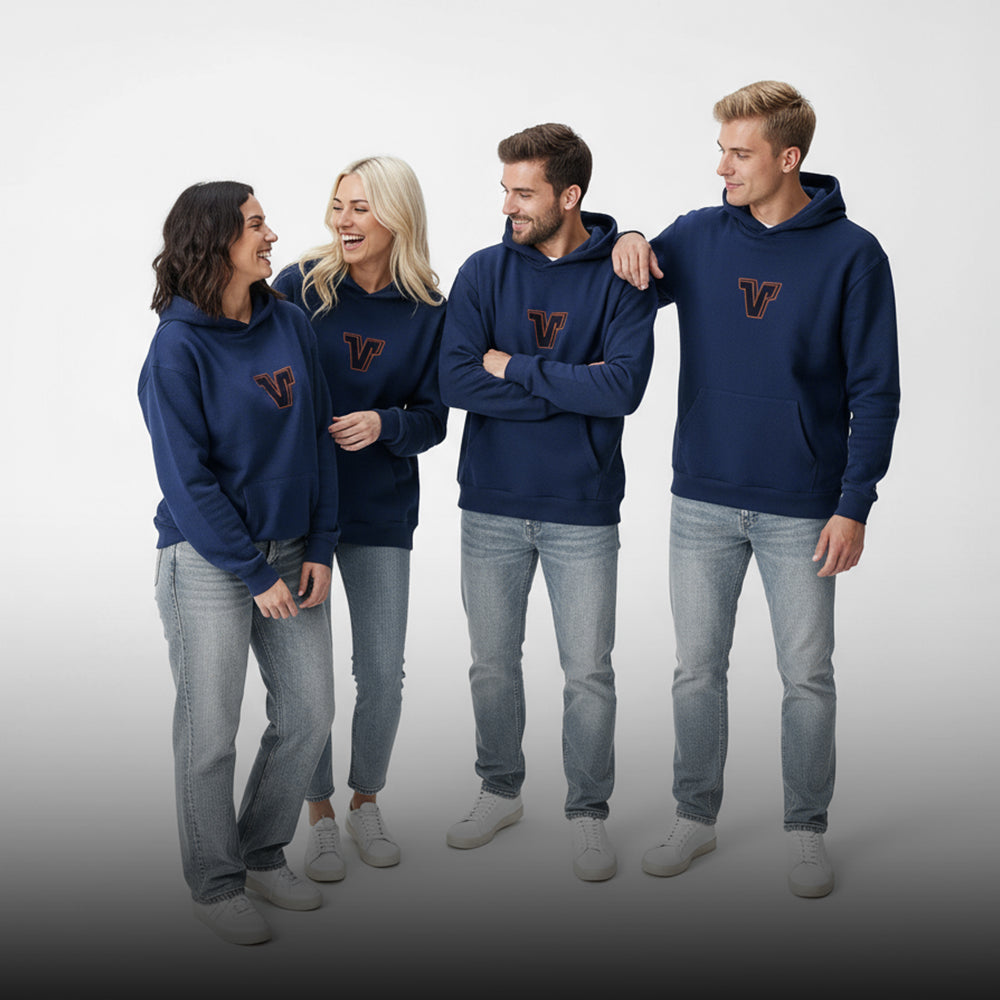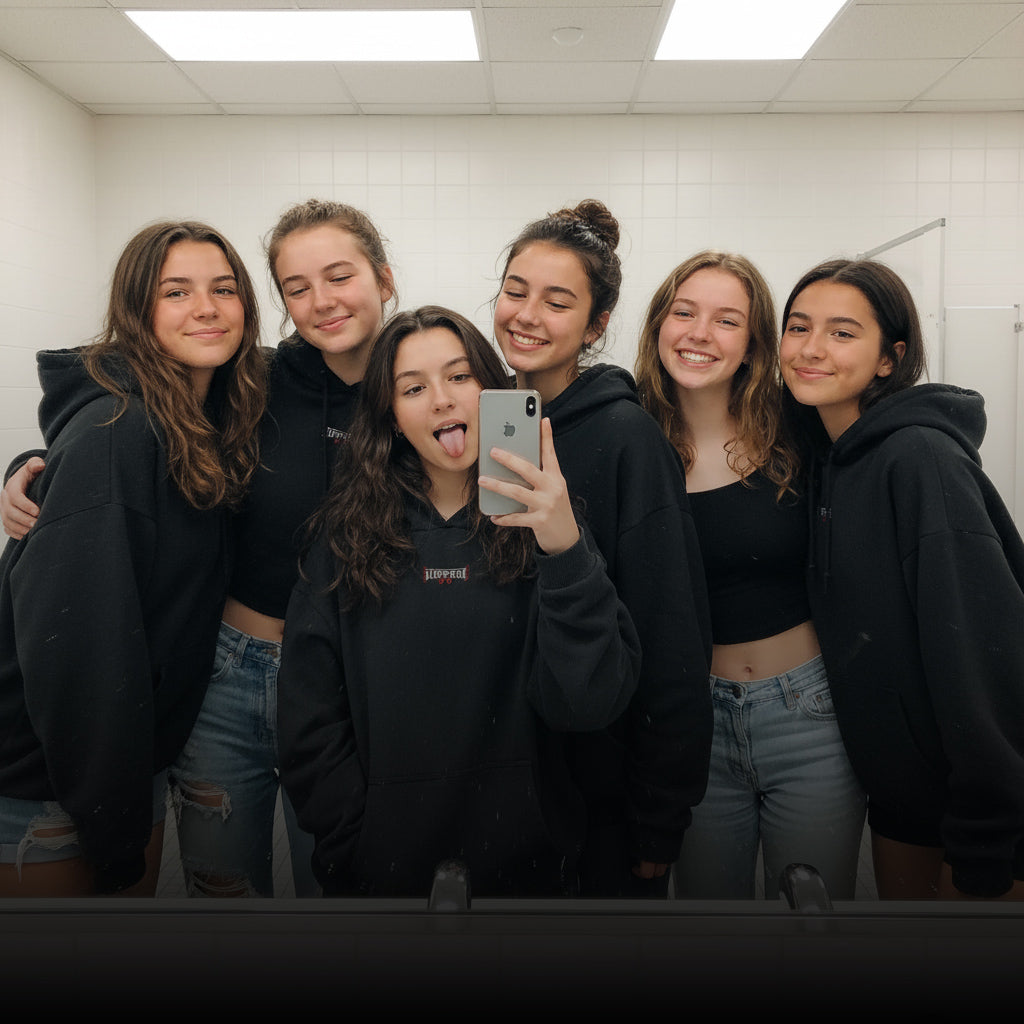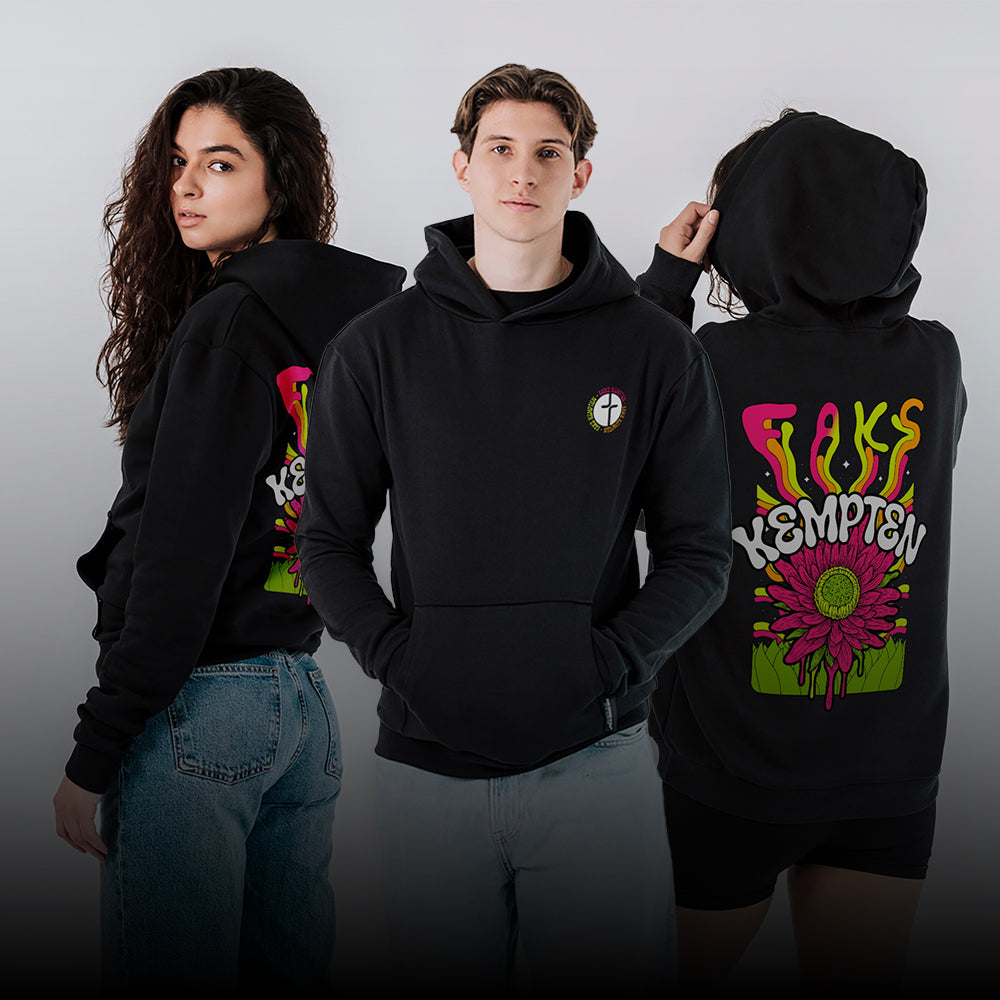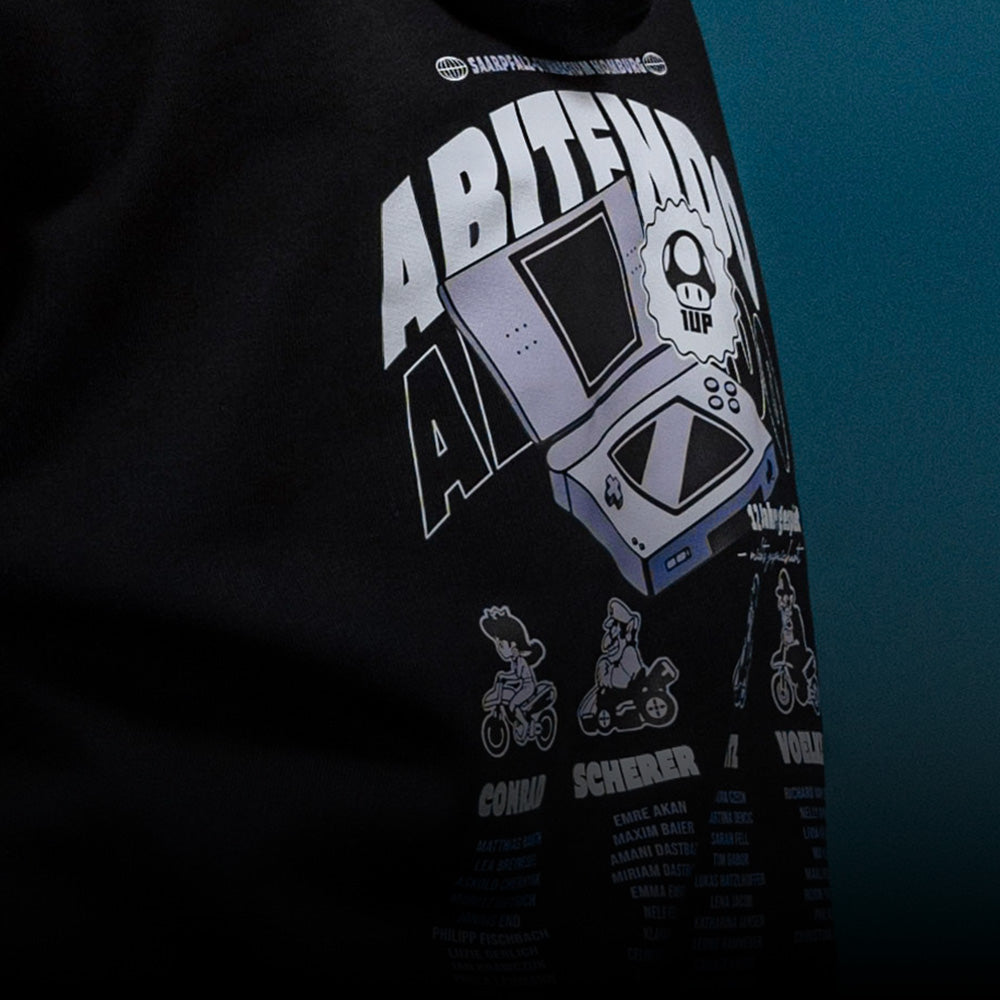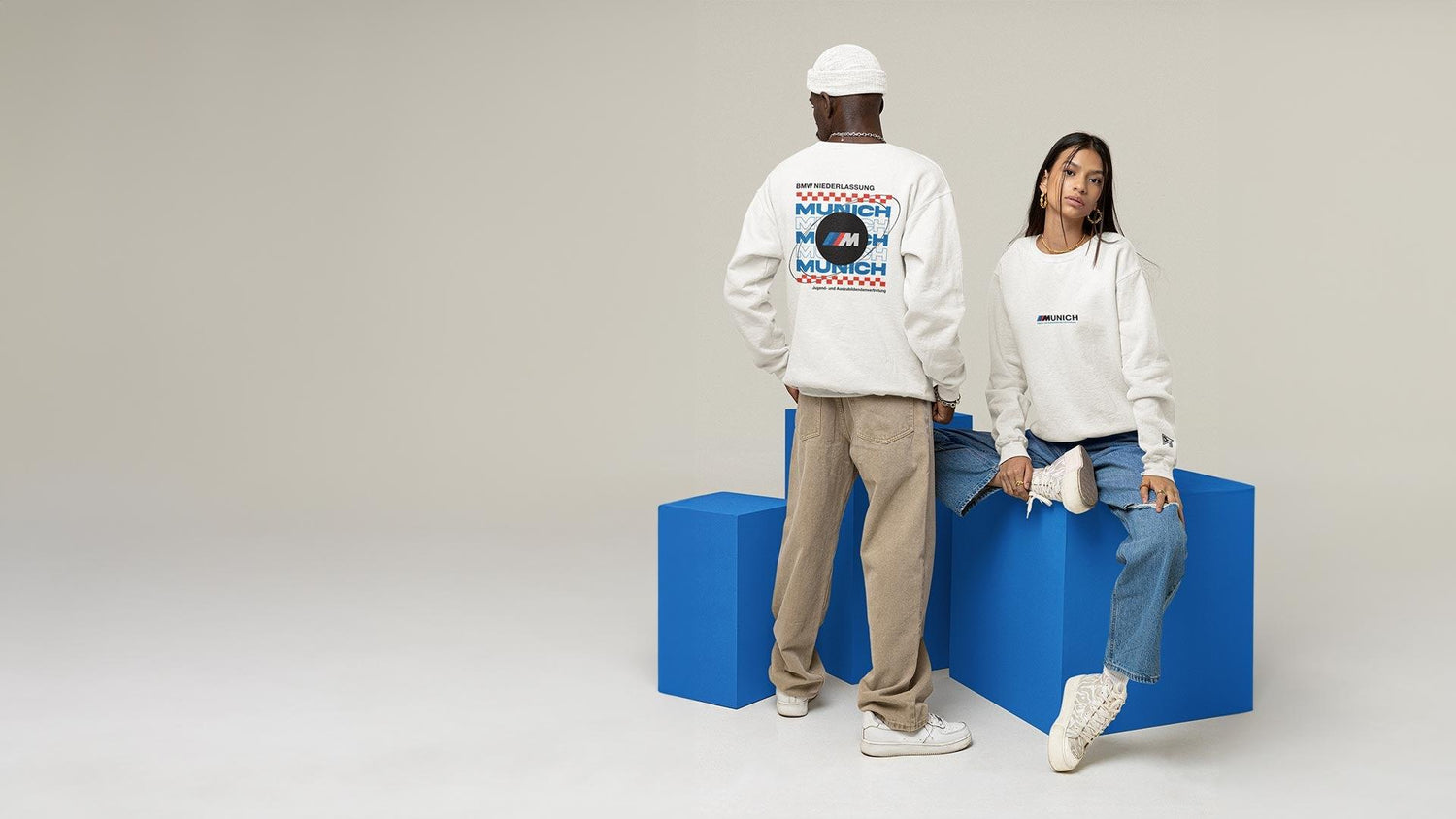Why is brand loyalty becoming more and more important?
Nowadays there are more and more products and services on the market. A look at the world's largest online marketplace amazon.com shows that the number of products offered by retailers on the platform more than doubled between 2013 and 2015 (Grey 2015). This development shows how much competition has increased in recent years.

For this reason, brands and the relationship between them and consumers are becoming increasingly important. Rational purchasing arguments are no longer enough to sell your own product or service. The relationship and loyalty between customer and brand is central to customer loyalty.
What is brand loyalty?
According to psychologist Lester Guest, brand loyalty is a consistent preference for one brand over others over a longer period of life . It is one of the most important models in modern marketing and communication, but also in sales. It is all the more astonishing that Guest defined this as early as 1944, even though there were nowhere near as many brands and products back then as there are today (Guest 1944). Still, his definition of brand loyalty is more important now than ever.
What are brand relationships?
Brand loyalty can be influenced by increasing consumer-brand relationships. According to Khamitov's work, marketing researchers have identified and optimized five main models of boundaries between brands and consumers:
- Brand loyalty: a deep bond between a person and a brand
- Brand love: an emotional connection between consumer and brand
- Self-Brand Connection: Consumers express who they are through the brand
- Brand identification: Consumers perceive themselves and the brand as an individual
- Brand trust: Consumers rely on the values promised by the brand and that they will not be disappointed
These are all types of brand relationships that have been identified in the last few decades. According to Khamitov, there is no general consensus in the literature about which types of brand relationships are more or less effective at generating loyalty (Khamitov 2019).
The challenges of Generation Z
 Generation Z refers to young people born between 1995 and 2009. They follow Generation Y (Millennials) and are the first generation to grow up with smartphones. The next Generation Alpha will grow up with social media and the latest technology from an early age. An absolutely clear separation of generations is not possible. The transitions are fluid.
Generation Z refers to young people born between 1995 and 2009. They follow Generation Y (Millennials) and are the first generation to grow up with smartphones. The next Generation Alpha will grow up with social media and the latest technology from an early age. An absolutely clear separation of generations is not possible. The transitions are fluid.
LYTD® Fashion wants to solve exactly these problems
LYTD® Fashion specializes in the design and production of sustainable personalized fashion for schools and universities. The start-up also aims to solve problems for entire generations. Through the projects the brand runs with schools, students learn about sustainable consumption, can express themselves freely and individually through fashion, and better identify with their school by voluntarily wearing sustainable fashion in their everyday lives with a connection to school (Azimian 2021).
This is how brands can influence relationships
Through a structured content analysis of Khamitov's research, we found that brands can influence relationships between consumers in the following ways:
- The positive influence of brand relationships on customers' brand loyalty is weaker for status brands than for non-status brands (Khamitov 2019).
- The positive influence of brand relationships on customer brand loyalty is stronger for publicly consumed brands than for privately consumed brands (Khamitov 2019).
- The positive influence of brand relationships on customer brand loyalty is stronger for hedonic brands than for utilitarian brands (Khamitov 2019).
- The positive influence of brand relationships on customer brand loyalty is stronger for experiential brands than for material brands (Khamitov 2019).
This results in the following measures for the LYTD® Fashion brand, through which the brand can better bind Generation Z and thus come closer to its vision. This means that the challenges of Generation Z, which the company wants to address, can be addressed through the company's services and products. LTYD® Fashion should…
- ... do not position yourself as a high-priced status brand , as the brand loyalty for these brands is not as high as for those that appeal to the general public.
- …encourage open consumption among the target group as this increases brand loyalty. This means creating incentives so that customers are happy to wear the products often in everyday life through modern design .
- ... use and emphasize even more the hedonic effect among Gen Z that arises from the positive contribution to the environment.
- ... design and further expand tangible experiences for the Gen Z target group . The company's 2020 Fair Fashion fashion show was a good start and should be continued
Khamitov's research was analyzed and applied to the Gen Z target group of the LYTD® Fashion brand. The recommendations for action can now be implemented directly in practice. Future research will examine the extent to which the measures were successful.
If you would like to find out how you can strengthen your brand with the help of sustainable corporate fashion and strengthen the team cohesion of your employees without neglecting day-to-day business and your important tasks, then please book a free consultation with us.
You are also welcome to request a non-binding offer .
Good luck with your findings!
Vincent from LYTD®
Sources:
Azimian, Vincent (2021): Development of a marketing and communication concept for fair fashion start-ups using the example of LYTD Fashion, bachelor's thesis, corporate communications, Neu-Ulm, Germany: Neu-Ulm University of Applied Sciences.
Grey, Paul (2015): How Many Products Does Amazon Sell?, export-x.com, [online] https://export-x.com/2015/12/11/how-many-products-does-amazon- sell-2015/ [accessed on May 30, 2022].
Guest, L. (1944): A study of brand loyalty., in: Journal of Applied Psychology, Vol. 28, No. 1, pp. 16–27, [online] doi:10.1037/h0053554.
Khamitov, Mansur/Shane Wang/Matthew Thomson (2019): How Well Do Consumer-Brand Relationships Drive Customer Brand Loyalty? : Generalizations from a Meta-Analysis of Brand Relationship Elasticities, in: Journal of Consumer Research, Vol. 46, No. 3, pp. 435–459, [online] doi:10.1093/jcr/ucz006.



